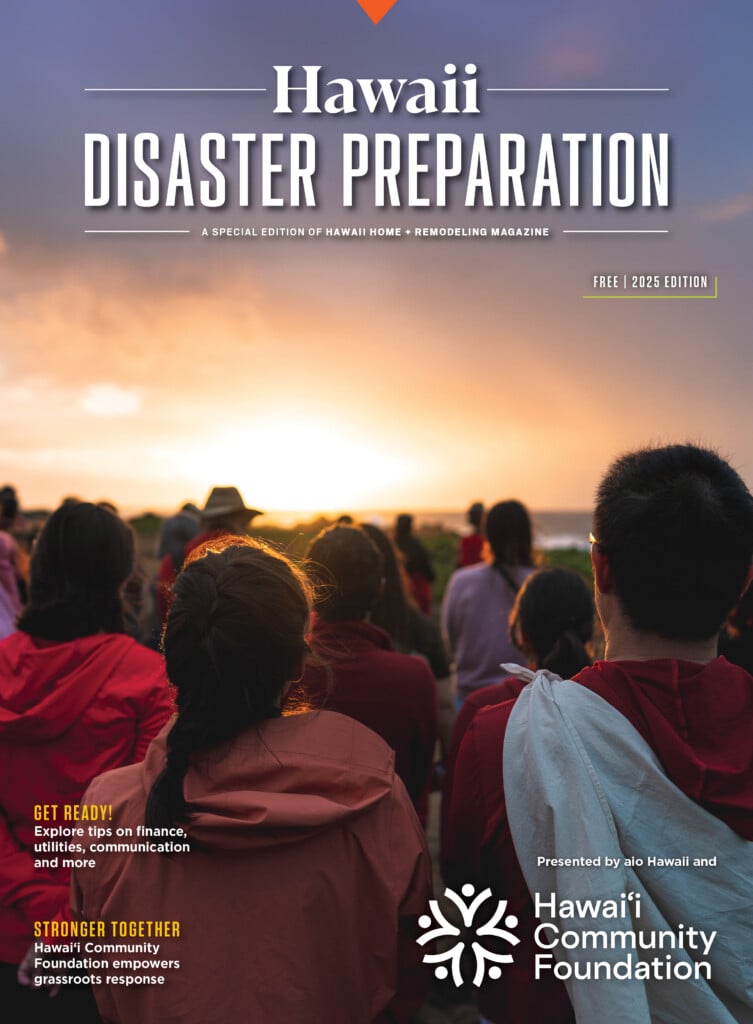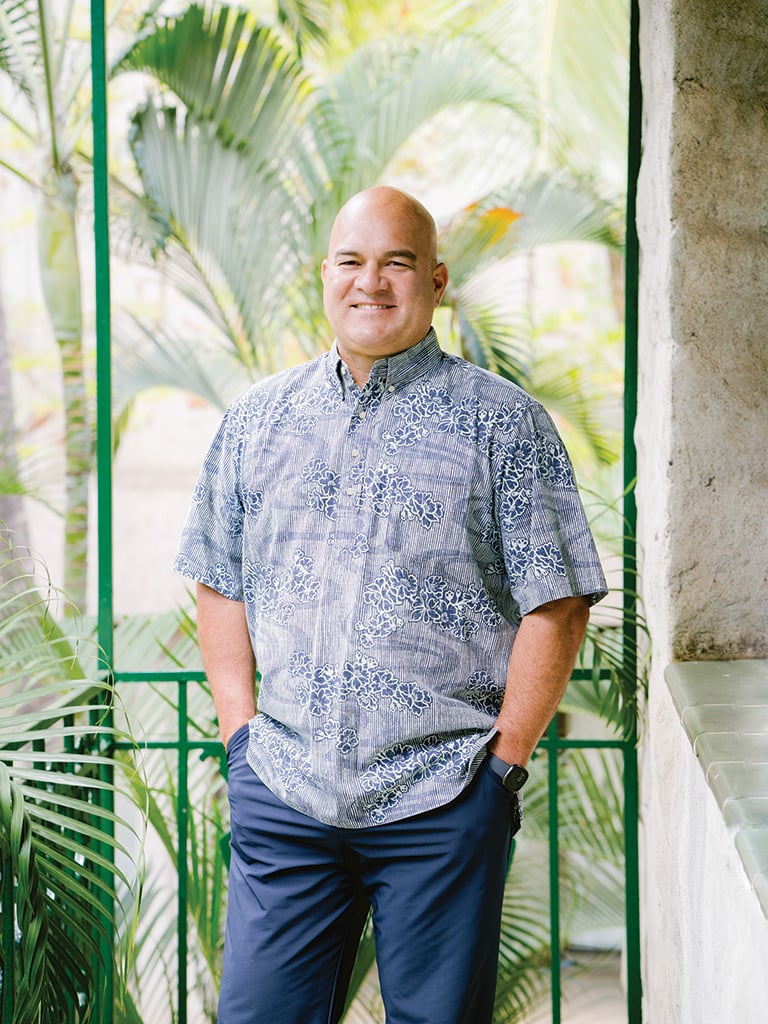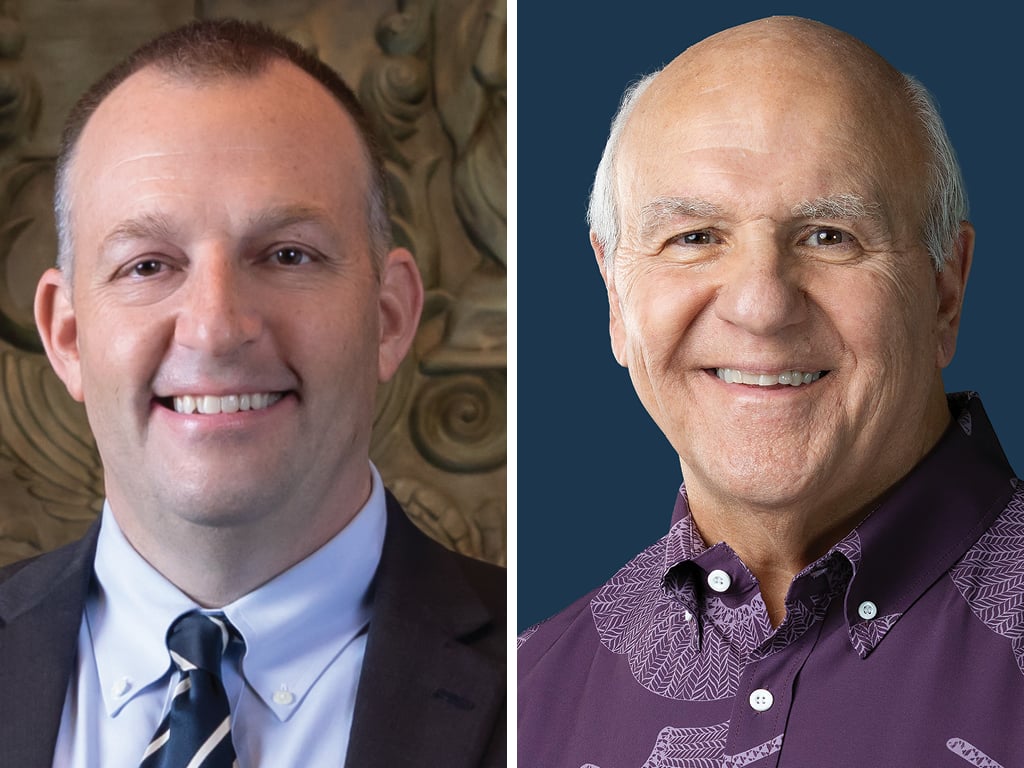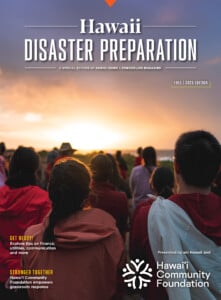Leading with Purpose
A Q&A with Hawaii Emergency Management Agency administrator James Barros.
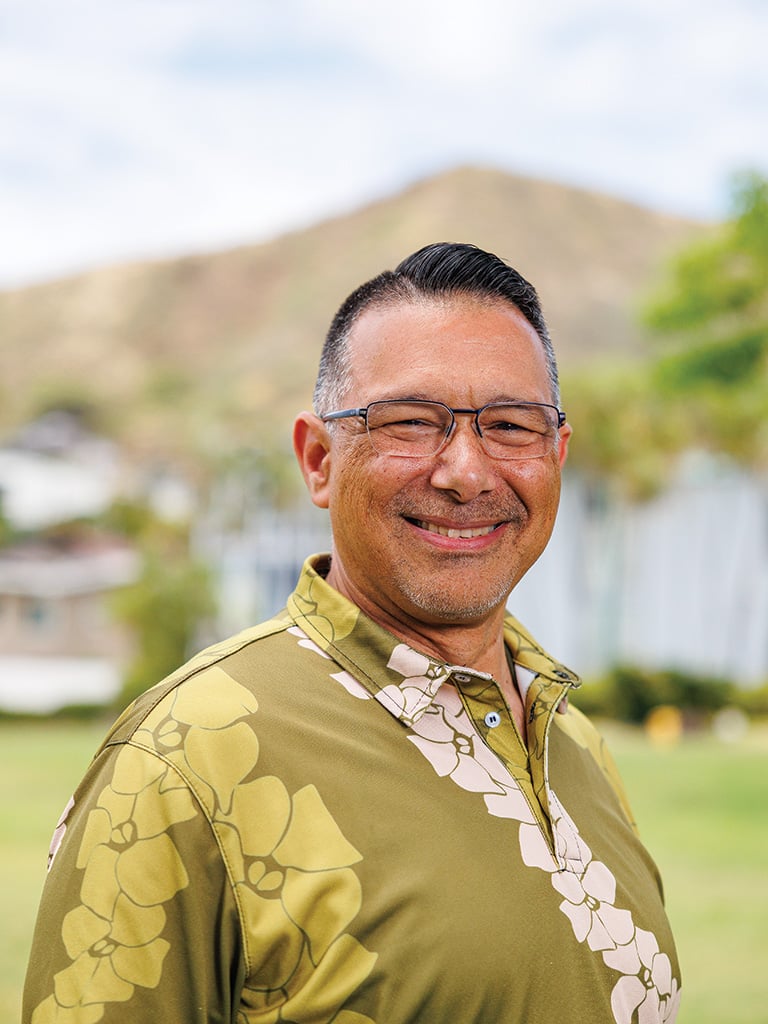
Disaster response efforts rely on teamwork and communication at all levels of government. With a military background and a community-focused approach, James Barros has been essential in guiding the state through major crises and building resilience. We spoke with him about the challenges he’s faced, lessons learned, and what readiness really means.
What are your biggest priorities when it comes to public support and protocols during disaster events?
As administrator of the Hawaii Emergency Management Agency (HIEMA), my main priorities during disaster events focus on:
- Supporting our counties: Working closely with county officials to enhance their capabilities through training, resource sharing, and the development of comprehensive emergency plans tailored to local needs.
- Community engagement and preparedness: Focusing on proactive community involvement. This includes not just informing the public about what to do during an emergency but ensuring that residents are educated about disaster preparedness well before a crisis occurs.
- Transparency and clarity in communication: This extends beyond simply informing the public — it also involves keeping our partners engaged and informed.
How would recent federal staffing cuts impact state and city preparedness and response?
Recent federal staffing cuts will significantly impact state and city preparedness and response efforts. HIEMA recognizes the challenges ahead, particularly with the uncertainty regarding support from the Federal Emergency Management Agency (FEMA). Historically, FEMA has provided substantial financial resources to states, including Hawaii. However, with the proposed cuts, the state can expect a marked decrease in financial support, particularly in the wake of changes that began in August 2023.
We acknowledge that FEMA will continue to play a critical role in responding to disasters and providing support to states — but it is important to understand that this support may not be at the same level as what we experienced during the response to the Lahaina wildfires.
These reductions also translate to fewer training opportunities for local emergency response teams and diminished coordination during disasters. Despite these challenges, HIEMA remains committed to adapting to evolving circumstances by prioritizing innovation and fostering local partnerships.
How does your 32 years of experience in the military and the Hawaii Army National Guard inform and guide your leadership in disaster strategy?
The military instilled in me a profound understanding of the dual pillars of success: mission and people. First and foremost, accomplishing our agency’s mission — creating a ready and resilient Hawaii by helping kamaaina mitigate, respond to, and recover from disasters — is crucial, as it directly impacts our ability to defend and support our state from a variety of threats, both natural and manmade. Equally important is the recognition that people are at the heart of any successful operation.
HIEMA also utilizes a strategic approach to anticipate needs and rapidly deploy resources, particularly during times of crisis. Drawing from military training, we prioritize taking preemptive measures to identify potential challenges before they arise, ensuring we are well-prepared to respond effectively. For example, our coordination with state task force groups, including agencies like the Department of Transportation and the Department of Health, was essential during significant events like COVID-19, which impacted our entire state.



